We all know that modern soccer originated in England, but the Chinese argue that more than a thousand years ago, in our country, this type of sport was already being practiced.
Is it true? In ancient times, did the Chinese also practice sports similar to the contemporary ones, and were they the same as the sports practiced in the Western world?
In this article, we will take you on a journey through time to go back to the time of Chinese ancestors. With them, we will learn about the sports of ancient China.
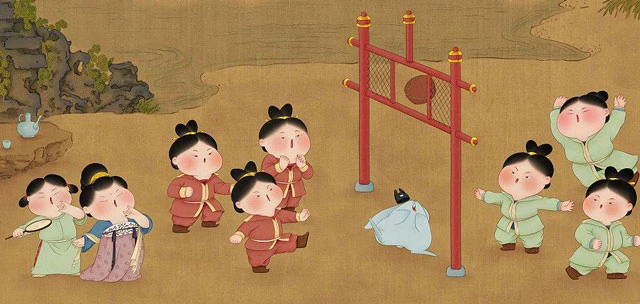
About Cuju Modern Painting - From Jiao Xiang Yue
Cuju: Chinese soccer
One fine day about a thousand years ago, in the imperial enclosure of Bianliang, capital of the Song Empire, a prince was playing "soccer" with his servants, striving to demonstrate his skills in handling the ball with his feet. Suddenly, a ball flew towards him like a flash of lightning and, as the prince could not contain it, it landed outside the field.
At that moment, a servant who was passing by with a box in his hand, nimbly picked up the ball, and before it fell to the ground, returned it to the prince. The prince was amazed at his reflexes.
This man, named Gao Qiu, on behalf of his master, came to deliver a gift to the prince. But from that moment on, his life changed. The prince made him his own servant. Two months later, the prince ascended to the throne, and Gao Qiu, who could do nothing but play soccer skillfully and flatter his master, was promoted to taiwei, a military title of the highest rank. In reality, Gao Qiu never became a soccer star. His skills were those of an amateur, even during the Song Dynasty, when soccer was all the rage.
In ancient China, soccer was called cuju. Cu means kick and ju means ball. During the Song dynasty, i.e. from the 10th to the 13th century, the game of cuju was very popular, both at court and in the streets. Among the emperors of the different periods, Huizong, the then prince mentioned above, stood out for being one of the most devoted to soccer: he liked to play as much as to watch the games.
On his birthdays, after receiving congratulations from officials, he used to organize a soccer match between the "professional" teams sponsored by the court, an entertainment that satisfied the emperor's great fondness. The winners were awarded, and the losers were punished with whippings, and sometimes even had their faces painted yellow and white to humiliate them.
Later, the game of cuju became normalized in the court. According to historical records of that time, cuju was played at every great royal feast. In addition, certain rituals were created when the game was played. According to custom, players did not begin to reveal their skills until six rounds of toasts were completed.
Compared to earlier periods, at this time, the sport was more spectacular and less competitive. For example, in addition to the normal competition, there was a kind of cuju match that consisted of both teams trying to score goals in a single goal. Sometimes this was not on the ground, but in the air.
In the center of the field, between two ten-meter-high flagpoles, a large net was stretched out, in the center of which a hole of one meter in diameter was opened. The two teams had to reach the goal and the team that kicked and put the ball through the hole scored a goal.
Curiously, this one-goal sport had already appeared in our country in the 7th century, during the Tang Dynasty, but it was a sport exclusively for women. Even before that time, "women's soccer" was already popular in China, according to similar records referring to the Han dynasty, which began its time in 202 B.C.
Figures of female soccer players are also seen on decorative bricks from the same dynasty, showing the personal skills of the ancient Chinese in playing the ball with their feet.
The oldest soccer club in China appeared during the Song Dynasty, the time of the great amateur Huizong. The members of the club, called yuanshe, were like today's players. When more clubs emerged, footballers were allowed to transfer to another club.
But it was not an easy thing to do. In addition to filling out forms with basic information, i.e., name, place of origin, name of their teacher and previous career, they had to pass aptitude tests. For example, they were required to kick the ball upwards at least 100 times with each foot without it falling to the ground.
Development of Cuju in ancient China
The Song dynasty was a boom period in the development of cuju, although the sport can be traced back to some 3,000 years earlier, when it originated from a children's game of kicking a small stone ball.
Later, this game was transformed into a rite to ask for rain. In the Han Dynasty, cuju became popular. At that time, the ball was made of leather, was solid and filled with soft materials such as animal hair.
The playing system was more competitive. According to historical data, in the Han Dynasty, the cuju court was surrounded by low walls and had six goals that were shaped like squares. Each team consisted of 12 members. In the competition, there were two referees, the main referee and the assistant referee.
During the Han Dynasty, military strategists used cuju as a means of training the army, convinced that the sport would improve the soldiers' physical constitution, strengthen their team spirit and increase awareness of attack and defense. Huo Qubing, a famous general of the Han Empire, was one of the military men who used soccer to train his soldiers. During the war against the Huns, a nomadic ethnic group that used to harass the empire's frontier, although conditions were severe, General Huo continued to organize matches in order to encourage his men.

The inner layer and inflatable blower of the ball for Cuju
The inflated ball appeared around the time of the Tang dynasty, in the 8th century. At that time, the ball was made of two layers. The outer layer was made of eight pieces of leather. The inner layer was usually made of animal bladder and filled with air. In the Song Dynasty, with advanced manufacturing technology, the ball was already rounder, with 12 pieces of leather. It weighed 430 grams and closely resembled the one used in modern soccer.
In the following Yuan and Ming dynasties, from 1206 to 1644, cuju remained a very popular sport. In the Qing dynasty, the 17th century, it went into decline.
The latter dynasty was established by the Manchus, a nomadic ethnic group that praised its own sports such as archery and Mongolian-style wrestling. Its decline was also related to the government's ban on the right of association. Meanwhile, modern soccer was born in England.
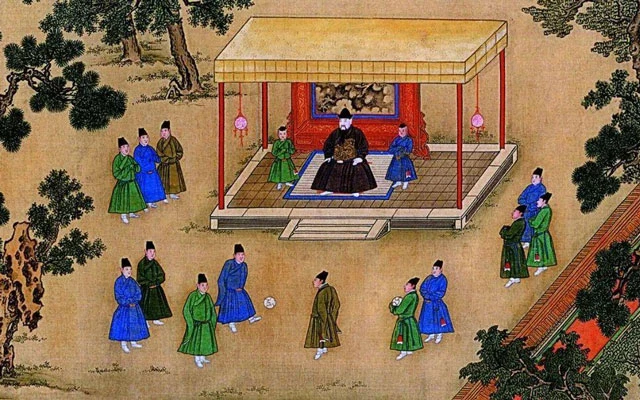
Cuju in the Ming dynasty
Dear readers, we have known quite a bit about cuju, the older style of soccer. If you are interested in learning more about ancient China, please follow the topics of Travel China.
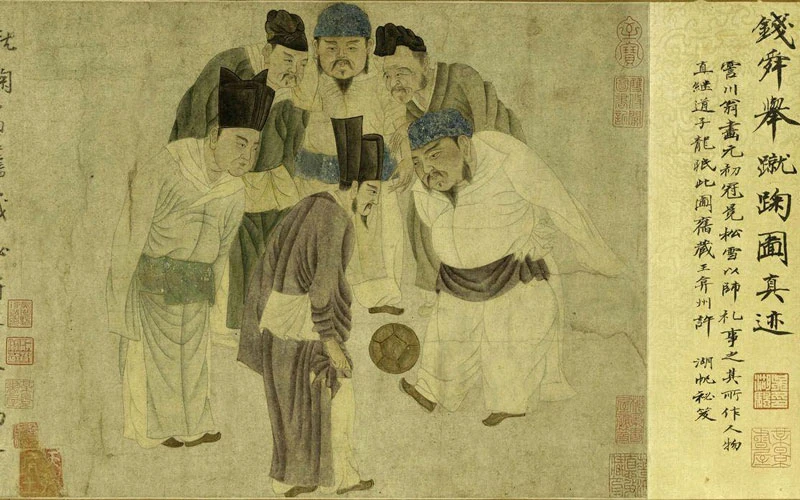
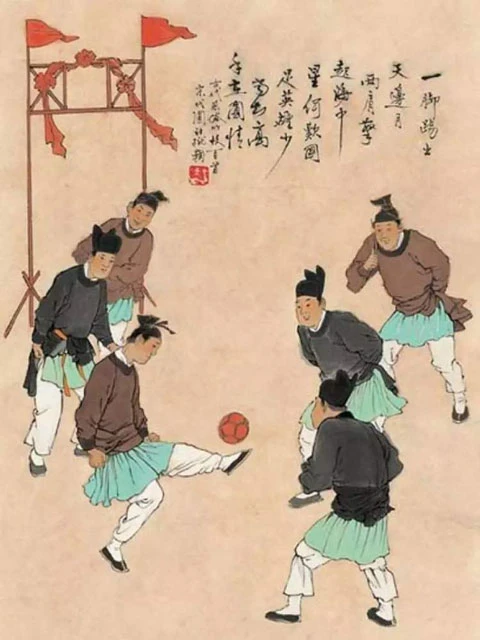
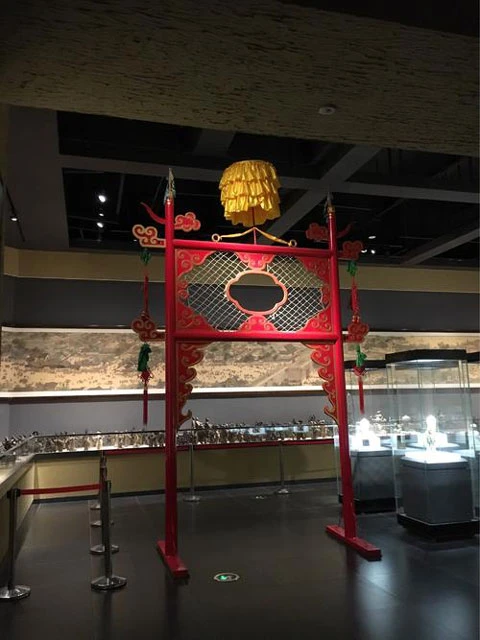
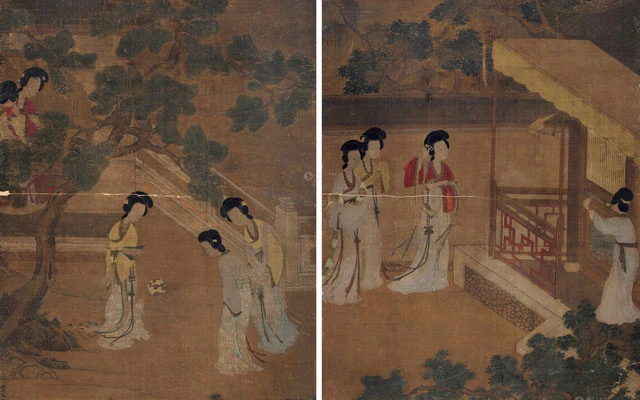

Dan tenyata permainan ini menjadi inspirasi sepak bola modern
Orang zaman dahulu sungguh kreatif menciptakan cara bermain